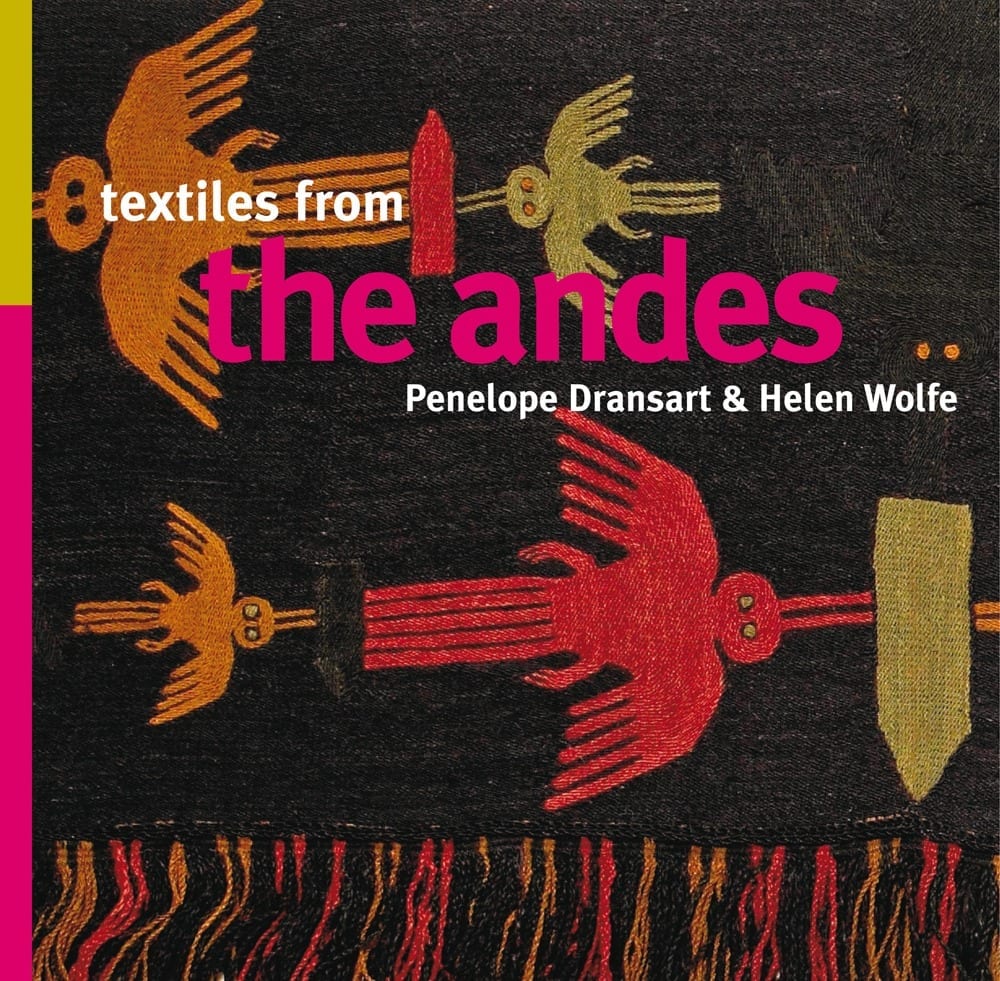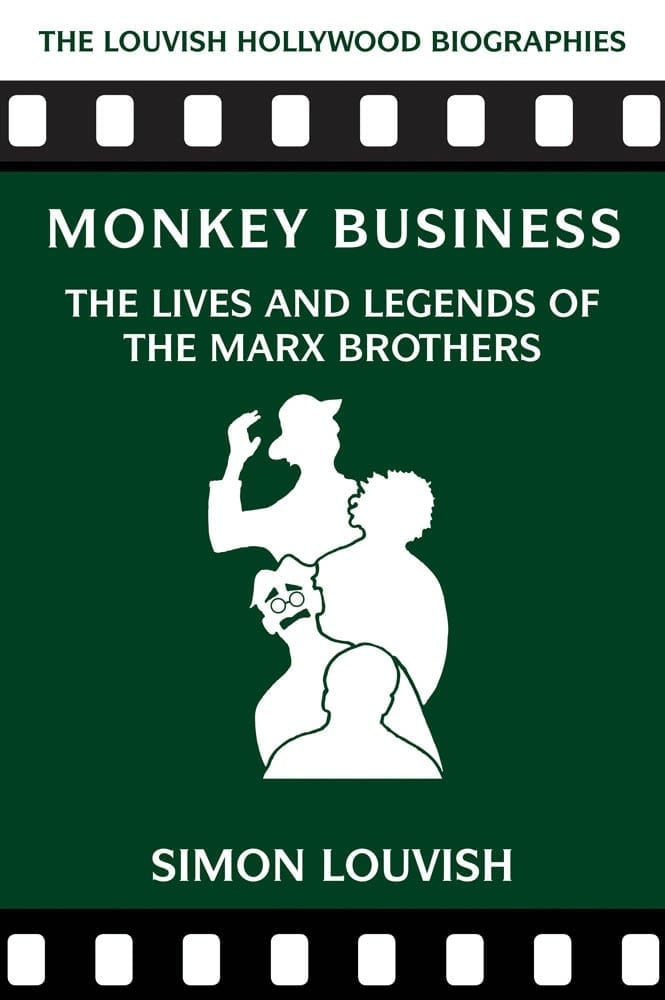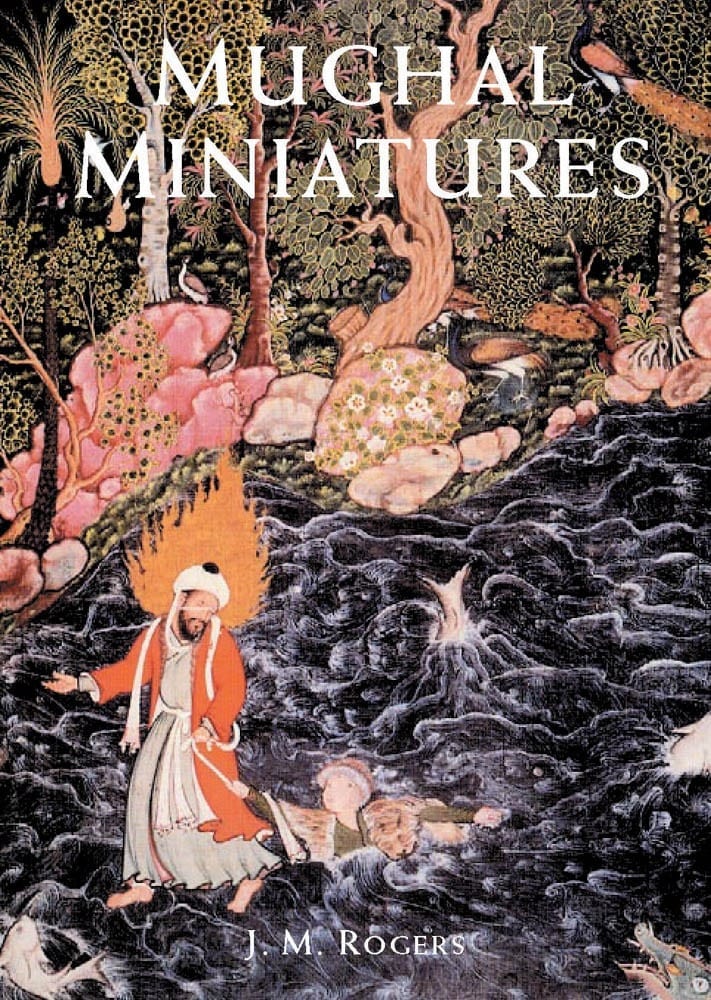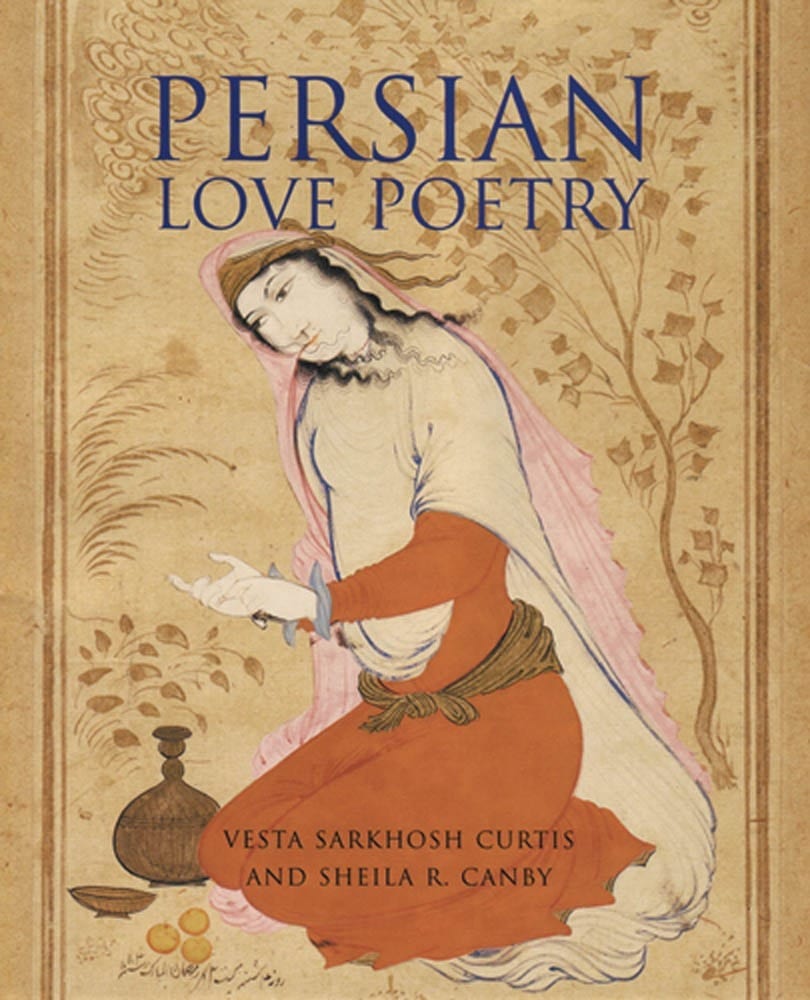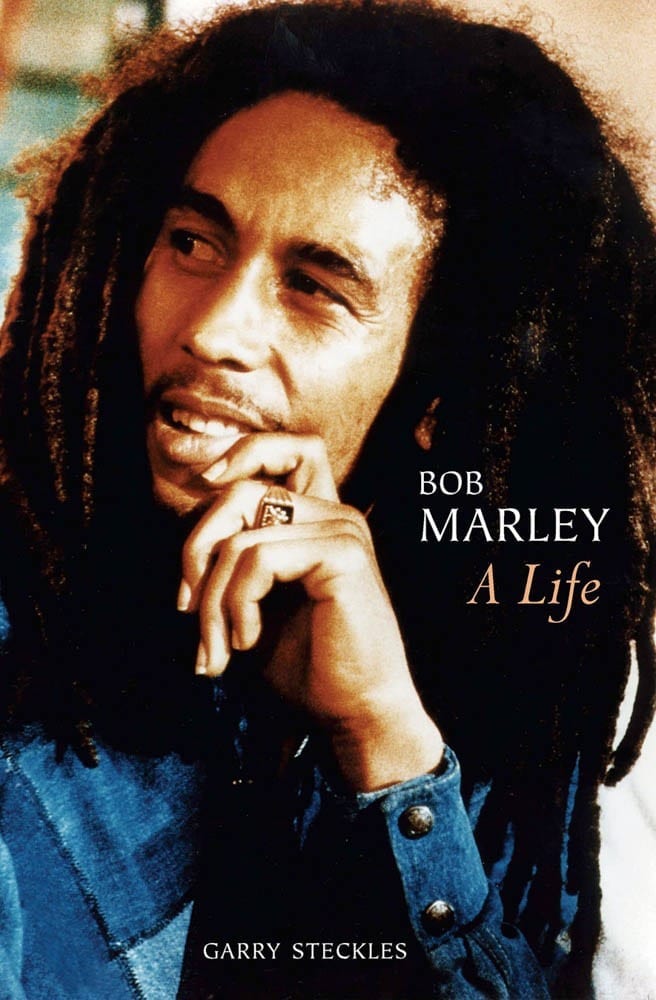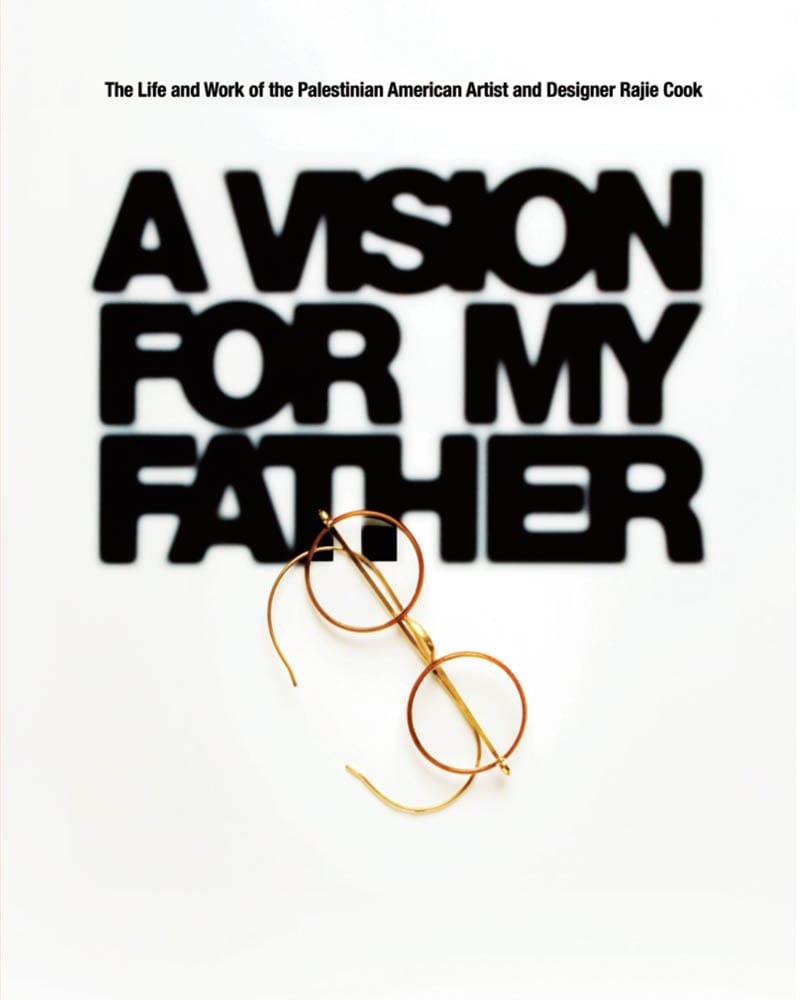Book Size: 8.5" x 10.75"
Pages: 288
Format: Paperback
ISBN: 9781566567275
Imprint: Interlink Books
Edition: 1
Illustrations: full-color throughout
Categories: Books on Palestine, Gift BooksPalestinian Costume
By Shelagh Weir
$ 40“This is a book to delight the traveler, the textile enthusiast and the scholar alike.” — Saudi Aramco World
About this book
The traditional costumes of the Palestinian villagers and Bedouin are of exceptional beauty and diversity, especially the festive costumes of the women with their lavish silk embroidery and patchwork and their dramatic headdresses encrusted with coins.
This book surveys male and female fashions from the early nineteenth century to the end of the twentieth, and describes the main regional styles of costume, their materials and ornamentation, against the background of Palestinian life and culture. The emphasis throughout the book is on the social and symbolic significance of costume, and the final chapters analyze in detail the language of costume in the context of the wedding.
The book is based on extensive field research the author has conducted at intervals since 1967 among Palestinians in Israel, the Occupied Territories, and Jordan. The illustrations include studio photographs of magnificent garments in museum collections, archive photographs from the nineteenth and early twentieth centuries, and recent photographs of costumes still made and worn.
Brand: Shelagh WeirAbout the author
Shelagh Weir, former curator for Middle East Ethnography at the Museum of Mankind (British Museum), organized major exhibitions of Palestinian costumes and textiles at the museum. She is the most prominent specialist in Palestinian costumes and embroidery and the author of Palestinian Embroidery (1970); Spinning and Weaving in Palestine (1970), Palestinian Embroidery: Cross Stitch Patterns from the Traditional Costumes of the Village Women of Palestine (with Serene Husseini Shahid) (1988); and Embroidery from Palestine (2007).
Reviews
“The product of over 20 years of serious research, this lavishly illustrated work discusses Palestinian textiles and men’s and women’s dress during the 30-year period of British rule prior to 1948. Weir also touches upon 19th-century and modern Palestinian costume while discussing pertinent cultural background and meaning behind changing design and styles. Particular emphasis is given to the wedding ritual and garments of Beit Dajan, a village located about 12 kilometers southeast of Jaffa. The great variety of costumes, illustrated in 200 color and 100 black-and-white photographs, and the excellent interpretive text contribute to a unique and valuable work that should be a part of most research, art, textiles, or Middle East collections.” — Library Journal
“‘Palestinian Costume’ is a model of how such works should be done. Based on many years of research among the Palestinians, beginning in 1965, but drawing on material obtained from informants going back to the start of the 20th century, Weir explains the origins, purpose and meaning of the articles of costume, as well as their appearance. The result is a fascinating contribution to the study of a living culture, rather than simply a museum record. The numerous illustrations range from old photographs to details of brilliant colored embroidery. This is a book to delight the traveler, the textile enthusiast and the scholar alike.” — Saudi Aramco World
“A recognized authority on Palestinian costume and former curator in the British Museum, Weir presents a fascinating account of the uses and variety of Palestinian costume based on her field research, historic photos and accounts, and the collections of the British Museum. The volume is heavily illustrated with historic photos and many excellent color photos. Wedding traditions in particular are described in detail. This is a paperback reprint of the 1989 original cloth edition.” — BOOK NEWS
“As a luxurious coffee-table edition, this book is richly illustrated with the most exquisite hand-woven textiles and embroidered dresses, extending over a century of development. As shown here, authentic tradition is always colorful and beautiful… The illustrations adorning this book are irrefutable evidence of that truth.” — The Muslim World Book Review
Additional information
| Cover Type | |
|---|---|
| test |


